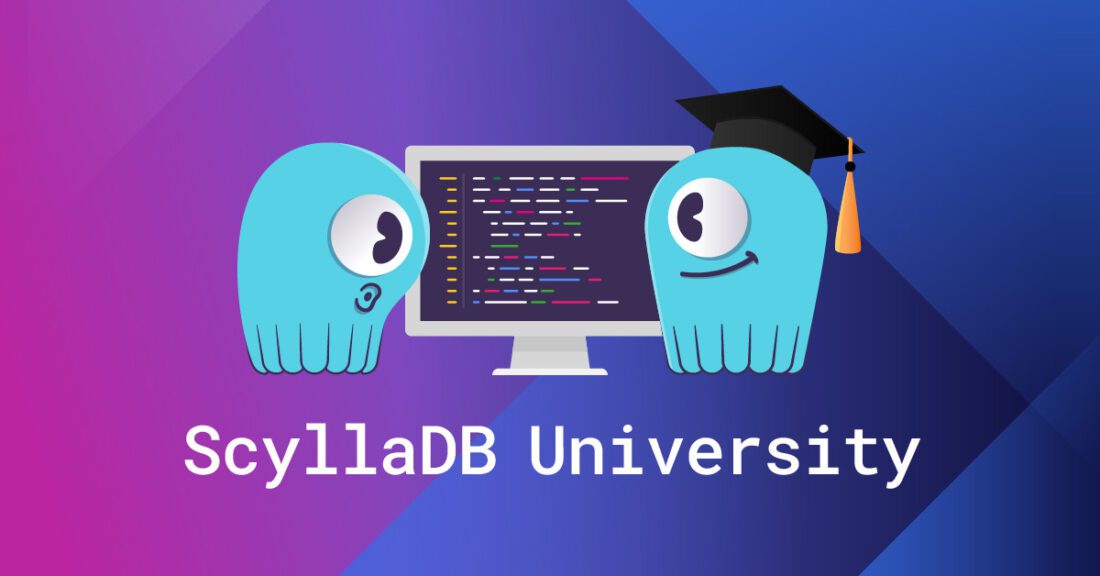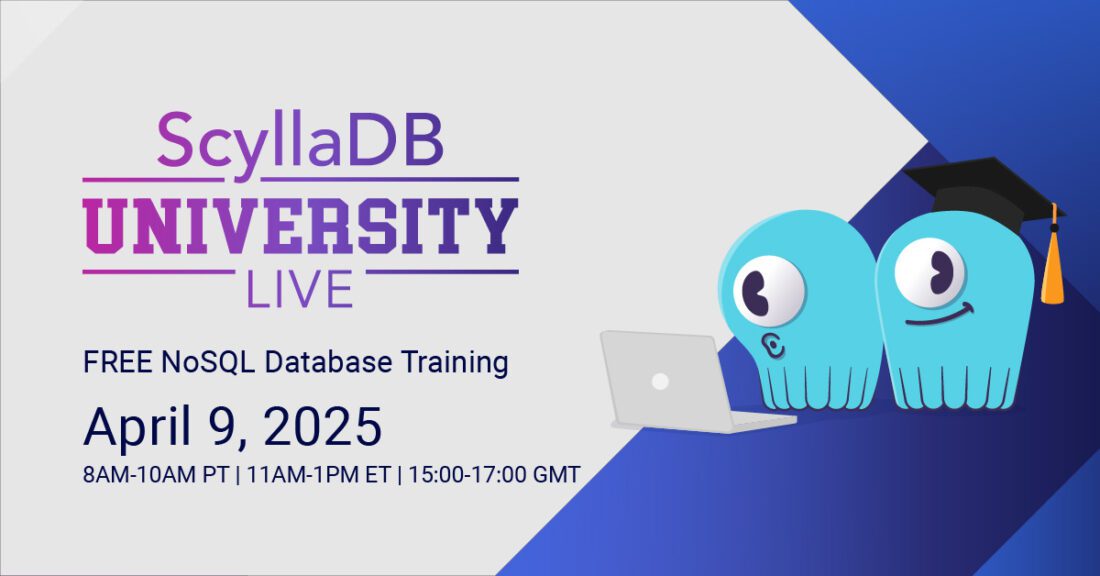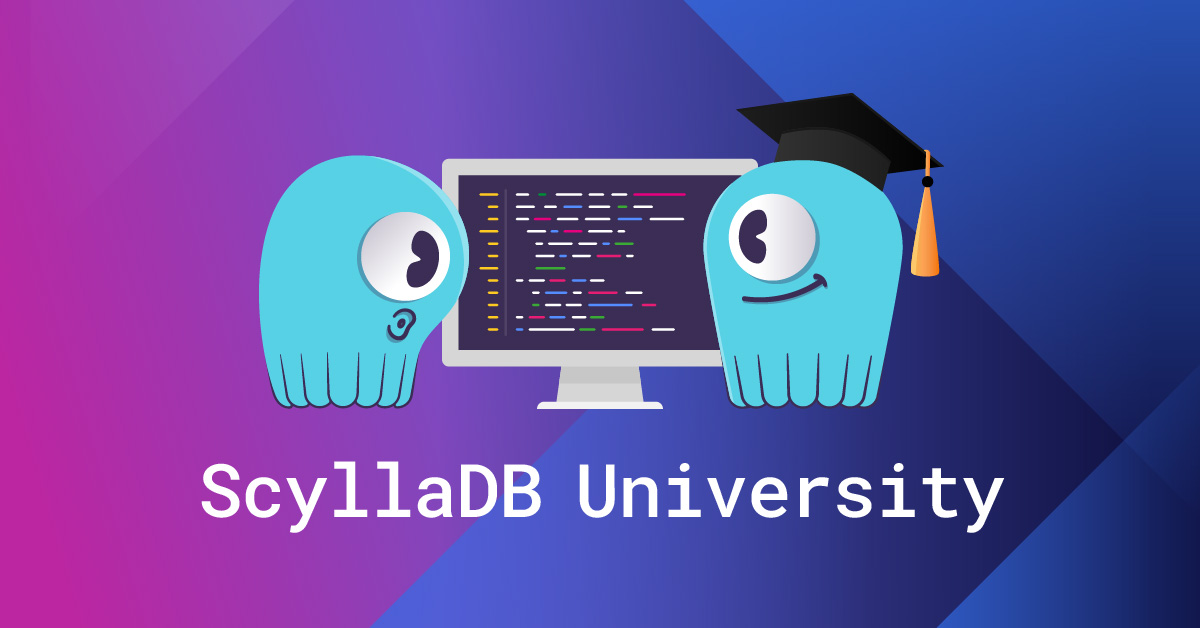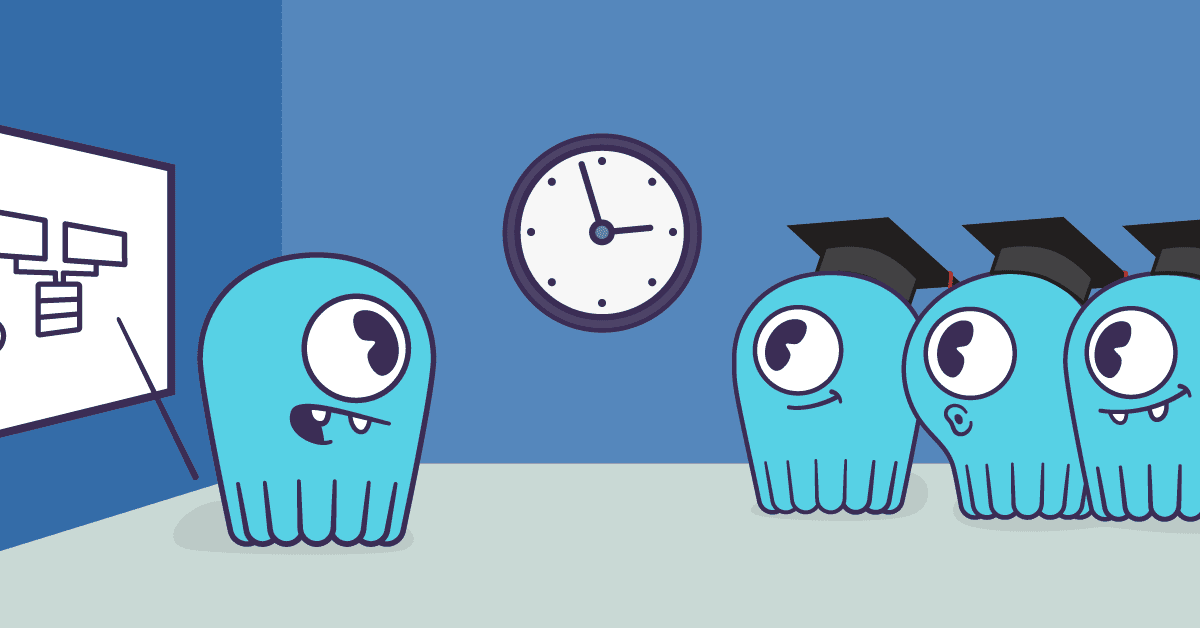
What to expect at the upcoming ScyllaDB University Live training event – and what’s trending on the community forum
Following up on all the interest in ScyllaDB – at Monster SCALE Summit and a whirlwind of in-person events around the world – let’s continue the ScyllaDB conversation. Is ScyllaDB a good fit for your use case? How do you navigate some of the decisions you face when getting started? We’re here to help!
In this post, I’ll update you about the upcoming ScyllaDB University Live training event and highlight some trending topics from the community forum.
ScyllaDB University LIVE
Our next ScyllaDB University LIVE training event will be held on Wednesday, April 9, 2025, 8 AM PDT – 10 AM PDT. This is a free live virtual training led by our top engineers and architects. Whether you’re just curious about ScyllaDB or an experienced user looking to master advanced strategies, join us for ScyllaDB University LIVE! Sessions are interactive and NOT available on-demand – be sure to mark your calendar and attend!
The event will be interactive, and you will have a chance to run some hands-on labs throughout the event, and learn by actually doing. The team and I are preparing lots of new examples and exercises – so if you’ve joined before, there’s a great excuse to join again. 😉
In the event, there will be two parallel tracks, Essentials and Advanced.
Essentials Track
The Essentials track (Getting Started with ScyllaDB) is intended for people new to ScyllaDB. I will start with a talk covering a quick overview of NoSQL and where ScyllaDB fits in the NoSQL world. Next, you will run the Quick Wins labs, in which you’ll see how easy it is to start a ScyllaDB cluster, create a keyspace, create a table, and run some basic queries.
After the lab, you’ll learn about ScyllaDB’s basic architecture, including a node, cluster, data replication, Replication Factor, how the database partitions data, Consistency Level, multiple data centers, and an example of what happens when we write data to a cluster.
We’ll cover data modeling fundamentals for ScyllaDB. Key concepts include the difference in data modeling between NoSQL and Relational databases, Keyspace, Table, Row, CQL, the CQL shell, Partition Key, and Clustering Key. After that, you’ll run another lab, where you’ll put the data modeling theory into practice.
Finally (if we have enough time left), we will discuss ScyllaDB’s special shard-aware drivers.
The next part of this session is led by Attila Toth. Here, we’ll walk through a real-world application and understand how the different concepts from the previous talk come into play. We’ll also use a lab where you can do the coding and test it yourself. Additionally, you will see a demo application running one million ops/sec with single-digit millisecond latency and learn how to run this demo yourself.
Advanced Track
In the Advanced Track (Extreme Elasticity and Performance) by Tzach Livyatan and Felipe Mendes, you will take a deep dive into ScyllaDB’s unique features and tooling such as Workload Prioritization as well as advanced data modeling, and tips for using counters and Time To Live (TTL). You’ll learn how ScyllaDB’s new Tablets feature enables extreme elasticity without any downtime and how to have multiple workloads on a single cluster. The two talks in this track will also use multiple labs that you can run yourself during the event.
Before the event, please make sure you have a ScyllaDB University account (free). We will use this platform during the event for the hands-on labs.
Register on ScyllaDB University

Trending Topics on the Community Forum
The community forum is the place to discuss anything ScyllaDB and NoSQL related, learn from your peers, share how you’re using ScyllaDB, and ask questions about your use case. It’s where you can read Avi Kivity’s, our co-founder and CTO’s, popular, weekly Last week in scylladb.git master update (for example here). It’s also the place to learn about new releases and events.
Many of the new topics focus on performance issues, troubleshooting, specific use case questions and general data modeling questions. Many of the recent discussions have been about Tablets and how this feature affects performance and elasticity.
Here’s a summary of some of the top topics since my last update.
- A user asked about latency spikes, hot partitions, and how to detect this. Key insights shared in this discussion emphasize the importance of understanding compaction settings and implementing strategies to mitigate tombstone accumulation.
- Upgrade paths and Tablets integration: The introduction of the Tablets feature led to significant discussions regarding its adoption for scaling purposes. A user discussed the processes of enabling this feature after an upgrade, and its effects on performance in posts like this one.
General cluster management support: different contributors actively assisted newcomers by clarifying different admin procedures, such as addressing schema migrations, compaction, and SSTable behavior. An example of such a discussion deals with the process for gracefully stopping ScyllaDB. - Data modeling: A popular topic was data modeling and the data model’s effect of the data model on performance for specific use cases. Users exchanged ideas on addressing challenges tied to row-level reads, batching, drivers, and the implications of large (and hot) partitions. One such discussion dealt with data modeling when having subgroups of data with volume disparity.
- Alternator: the DynamoDB compatible API was a popular topic. Users asked about how views work under the hood with Alternator as well as other questions related to compatibility with DynamoDB and performance.
Hope to see you at the ScyllaDB University Live event! Meanwhile, stay in touch.




